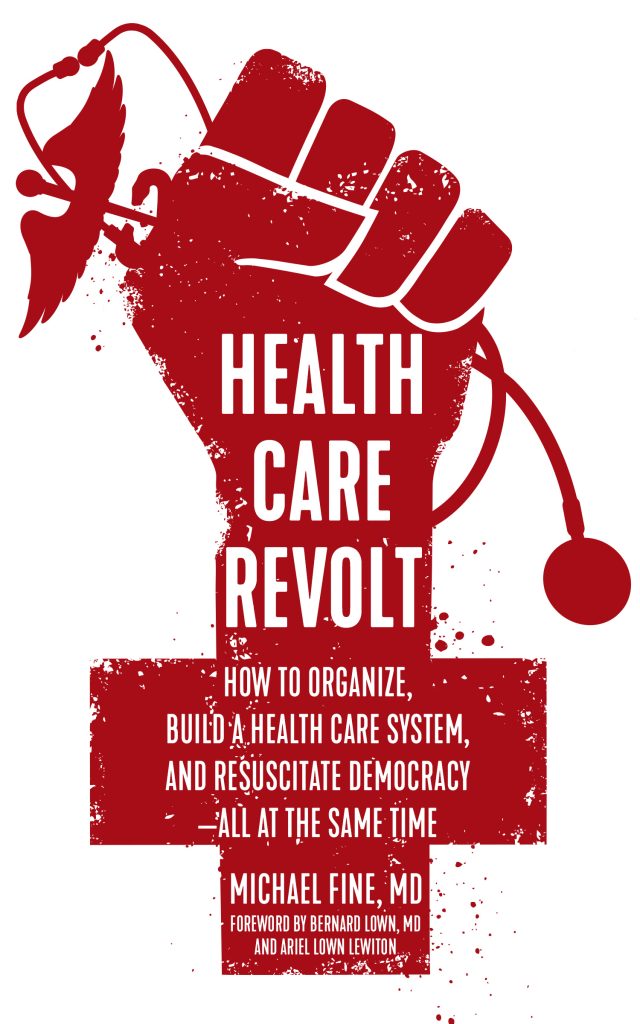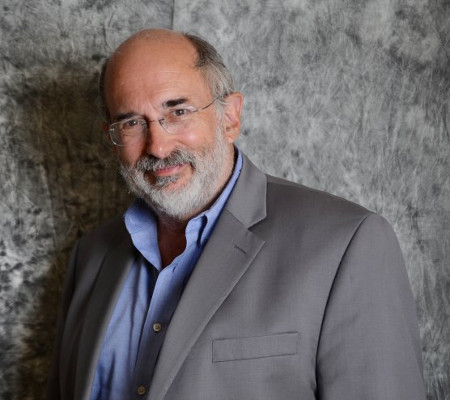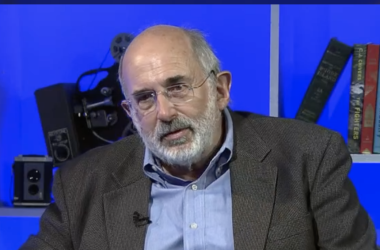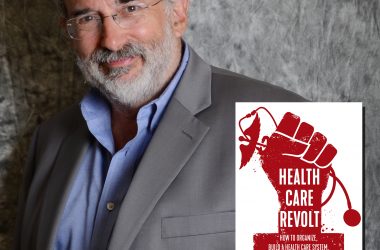By Michael Fine
Take-home points
- The Omicron Variant has become the dominant form of Covid-19 in the US.
- It is very likely to infect lots of people in a very short time.
- It may or may not cause more hospitalizations and deaths. We won’t know for another three or four weeks.
- But it will cause lots of people to get sick at once, and that will disrupt life for four to six weeks. Be prepared.
There are three sets of numbers you need to know about the Omicron Variant of Covid-19, which evolved in Botswana and spread rapidly in South Africa in November and has now spread around the globe.
First, as of today December 20, 2021, Omicron is causing 73 percent of test positive infections in the US. If we had only ten cases of Covid-19 in the US, nobody would or should care. But we have 120,000 new cases in the US every day, and at least 700 new cases daily in Rhode Island, but many days we find over 1100 new cases. That means we likely have close to 100,000 cases of Omicron in the US and more than 750 cases in Rhode Island. Because Omicron doubles every 1.5 to 3 days – well, you do the math. We’ll have a zillion cases inside of thirty days.
Second, Omicron spreads very quickly. The number of new cases around the world are doubling every 1.5 to 3 days. That means Omicron is incredibly infectious, and most of us are likely to get it. Soon. And many of us are likely to get it at the same time.
Third, our very good vaccines provide about 70 percent protection against infection to people who have been vaccinated with three doses and about 30 percent protection to people who have been vaccinated with two doses. Unfortunately, the Johnson & Johnson vaccine appears to offer little protection against Omicron. And obviously, no protection to the unvaccinated, though some of them may have a little immunity from past infections, although we aren’t sure how much. Preliminary research suggests that being previously infected with Delta or another COVID variant does not seem to provide much immunity against Omicron. Recent findings in the U.K., where they are a few weeks ahead of us in dealing with Omicron, found that protection against infection by Omicron afforded by past infection may be as low as 19%.
Most of us have gotten one or two doses. That means that people who have not had three doses have a seventy percent chance of getting Omicron in the next six to eight weeks; people who have had three doses have a thirty percent chance of getting it in the next six to eight weeks and people who haven’t been vaccinated have a very high likelihood of getting it. When you run all these numbers together for Rhode Island, one of the nation’s most vaccinated states, knowing that about 30 percent of the population has three doses and 45 percent has had two doses, 10 percent has one dose and ten or eleven percent (including young children) haven’t been vaccinated, that means something like a half a million Rhode Islanders — or about half the population — are susceptible and reasonably likely to get Omicron. In the rest of the nation, that percentage and number are greater.
Therefore, if more than six months have passed since your second shot and have not yet gotten a booster shot, or if you received the Johnson & Johnson vaccine, please get a booster immediately. Right now. Today if possible.
Now remember that a person infected with Covid-19 is thought to be able to transmit infection for about 10 days. (We don’t actually know if Omicron is infectious for ten days but that’s a good rule of thumb to use in thinking about it.) That means you have to multiply the number of people who test positive for Covid-19 by ten (because we don’t have real time testing for Omicron itself) to get the number of people out of work or school at the same time. And there is the problem. Because a virus that doubles the number of infections even every three days increases the number of people infected very quickly. All other things being equal, if 750 people are infected in Rhode Island on day one, then 1500 people are infected three days later, and 3000 people six days later, and 6000 people nine days later, and 12,000 people twelve days later, and 24,000 people fifteen days later, and 48,000 people eighteen days after that, and 96,000 people twenty-one days after that, and 192,000 people twenty-four days after that, and 384,000 people twenty-seven days after that. I’m stopping at twenty-seven days, because if you do the math, that’s more than half the population of Rhode Island, which is about the susceptible population. The numbers in the US are much larger, of course, and Omicron will move even faster in places what aren’t well vaccinated.
Say (and I hope and pray this will be true, but kind of doubt it) that Omicron doesn’t make people very sick, causes fewer hospitalizations as a percentage of infections and few deaths. Even then look at what has happened by day twenty-one. Going back ten days, 168,000 people (96,000 plus 48,000 plus 24,000) will be sick at once. By day twenty-seven that number has become 336,000 (192,000 plus 96,000 plus 48,000) are infectious. That’s about one third of the state’s population, all sick and infectious at once at once. So starting on day twenty-one, and lasting until day thirty-seven to forty, between sixteen and fifty percent of the state’s population could be out of commission, even if no one ends up in the hospital or dying.
And this will look like it came out of nowhere. On day fifteen, only two percent of the population got sick and only four percent of the population (24,000 plus 12,000 plus 6,000) were infectious. Six days later, about ten percent got sick and 17 percent were infectious, and six days after that a third of the state’s population is out of work or school; from zero to sixty, if you will, in about twelve days, and quicker, if the doubling time of Omicron is 1.5 days and not three days, as some places have observed.
So what? you might say. If the disease isn’t killing people, why should I care? Well, with a third to a half of the state’s population out of work at once, our institutions can’t operate well. Try running police and fire with half their staff. Try running EMS and hospitals that way. Or schools. Forget about arguing over masks and government lockdowns. If these numbers play out the way they seem to be playing, the virus is planning a lockdown of its own, one no amount of arguing or protesting is going to be able to change.
Which means two things: people should prepare themselves for at least two to three weeks of disruption, for being home and for store shelves to be empty, because if this plays out anything like the numbers suggest, there won’t be enough staff to drive the trucks or stock the shelves for a few weeks. It also means that this wave is likely to blow through quickly. To come in like a lamb by the middle of January, go out like a lion, and be gone by the middle of February or the beginning of March. Viruses don’t behave like numbers, of course, so this one may play out in a completely different way. But we all need to be prepared for a little disruption.
I’m disappointed that my colleagues in government aren’t talking about this or their preparations, of course, but forewarned is forearmed. (I suspect people in government are afraid to use the lockdown word, even when that isn’t appropriate. This will be a lock out, not a lock down if it occurs.)
Now, what happens if Omicron is as virulent (causing as many hospitalizations and deaths) as Delta, or nearly so? That’s a heartache I don’t want to think about but could well be the case. If Omicron moves twice as fast but is only half as virulent, we might get the same number of hospitalizations and deaths as we have now, but they may all come at once, because Omicron moves so much faster. If it is just as virulent but infects more people, those hospitalizations and deaths will likely double for a period starting about day 42 from now, or day twenty-one plus twenty-one more days, which is about the time it takes for people who are infected to end up in the hospital or dying. So the last week in January or the beginning of February. A doubling of our hospital numbers and deaths will be a burden very hard to bear, with most of that burden being placed squarely on the shoulders of hospital and health care workers, who have already had a huge burden dumped on them by the failure of our public policy, in more ways than I want to count. We need to do better than this for them, and we need to do better than this for us.
There has been a lot of speculation in the news about Omicron infections being ‘milder’ than Delta. It is still too early to make that call, because hospitalizations and deaths are ‘lagging indicators’ and follow infection by a few weeks. We can’t expect to know the real severity of Omicron infections for another few weeks. However, the latest research from the U.K. (who is a few weeks ahead of the U.S. in encountering Omicron), a study of over 11,000 people infected with Omicron, found no evidence of Omicron being less severe, judged by the proportion of people showing symptoms or seeking hospitalization. We cannot let our guard down because of wishful thinking for Omicron to somehow spare us.
Is the Omicron wave preventable? I think it was going to be hard to prevent, all other things being equal, because this variant is so damned transmissible. And I think it is likely already too late to stop it because it is already here and marching through the population, gaining strength, aided and abetted by all our fellow citizens who can’t seem to quench their need to shop, eat out, go to the bar and party. And by their deeply held belief that the freedom to do so is what makes America great.
That said, and Deja ‘Vue all over again, I think we can flatten the curve. You know the drill. Get vaccinated or boosted. Wear a mask. Stay home where you can. Allow everyone to work from home. Avoid bars, restaurants and parties. Things government has developed a phobia about requiring or even suggesting because we are so damned divided. But it is an approach that will save lives. The risk is not only the risk or infections. There is a risk of injury from hospital overcrowding, of fire departments that can’t respond, of slow EMS response time and so forth. Yes, there are risks to commerce and to health from lock-downs. But I think what is coming is a lock-out, not a lock-down, and maybe, just maybe, we can cooperate with one another for once, and work together to slow the spread. Not because someone else is telling us to do it. Not because of the swamp or the mommy-state (which appears afraid of its own shadow, at the moment). But because we are one people, indivisible, and we can and should beat this thing back together as much as we can. Not government bureaucrats. All of us together.
A lousy set of suggestions this time of year, but the only approach I know that will work. I think we can slow spread some, which will make it so that not everyone is sick at once, even if everyone gets sick at the end of the day. Flattening the curve will make it so we can function better, but it will take a little longer to get past this wave.
Tomorrow I’ll be writing about what Covid-19, the great revealer, tells us about ourselves, our culture and our democracy, about the dangers that confront us when we allow ourselves to be divided by people who seek to divide and inflame in order to serve themselves, people on both side of the political aisle. For today, I wanted to make sure people understand what may be coming at us, and how we together can prepare ourselves and how we together can get through this without being divided, so we protect the vulnerable as much as we can but also learn to be one people again.
Thanks for reading,
Michael
Many thanks to Nick Landekic, who provided me with tons of data and publications over the last twenty months, and whose knowledge of Covid-19 is encylopedic; to Deborah Faith, MPH, for her unending editorial support and great editorial suggestions, and to Kendra Tanquay, for her support of my writing over many months.







